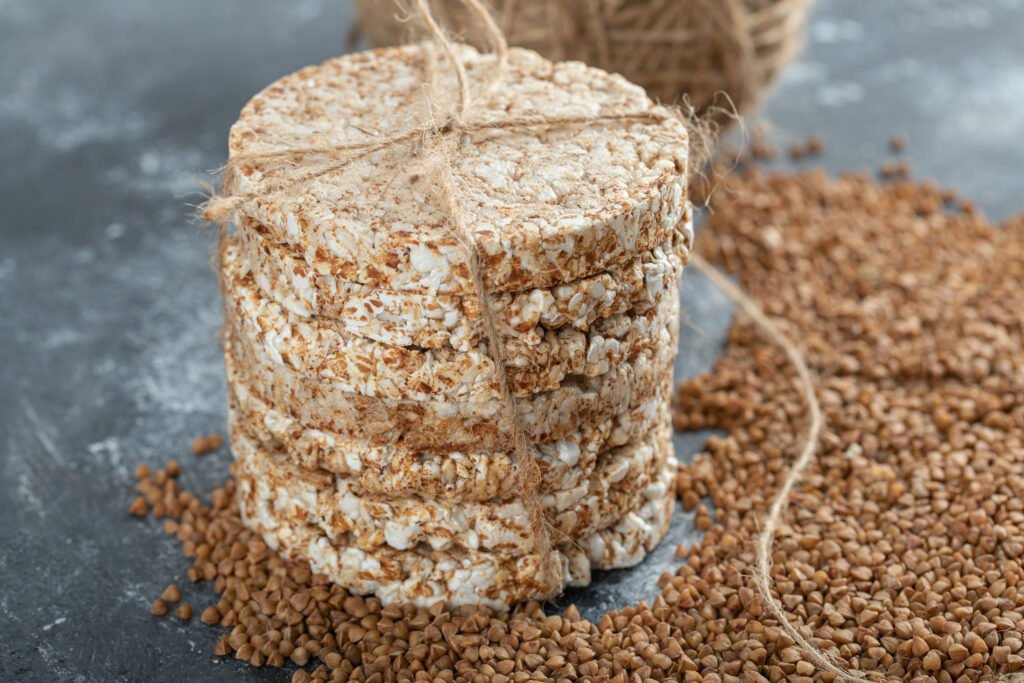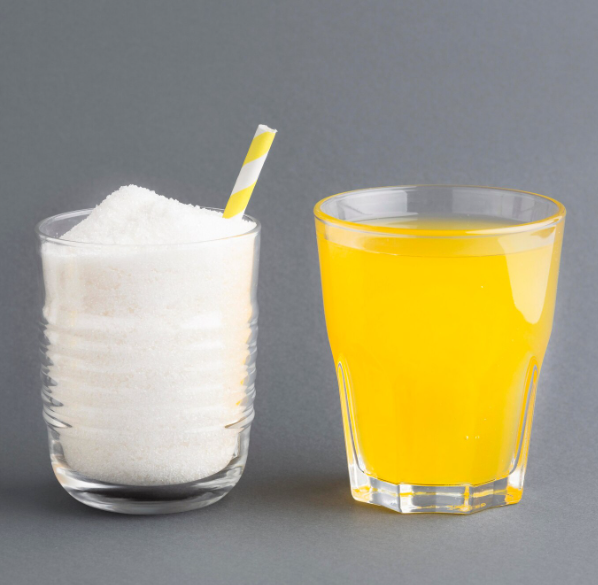Let’s be honest: sugar is everywhere. It sneaks into your morning cereal, hides in your “healthy” yogurt, and waits patiently in your afternoon pick-me-up coffee. Cutting back on sugar sounds like a great idea—until you try it and realize just how hooked you are.
But here’s the good news: reducing your sugar intake doesn’t have to mean giving up everything sweet or becoming the person who brings carrot sticks to a birthday party. It’s about making smarter choices, being more aware, and setting yourself up for success without feeling punished.
Let’s break down some real-world ways to cut down on sugar, while still enjoying life.
1. Start With Awareness

You can’t change what you don’t know. So the first step is checking labels.
Added sugars show up under all sorts of names, corn syrup, fructose, cane juice, maltose, dextrose, and even “organic cane sugar.” Don’t be fooled. If it sounds like sugar, it probably is.
Look especially at:
- Breakfast cereals
- Flavored yogurts
- Sauces (like ketchup or pasta sauce)
- Granola and protein bars
- Bottled drinks, even “healthy” ones like kombucha or green juices
Just knowing where sugar hides helps you make better choices.
2. Don’t Drink Your Sugar

Soda, sweetened coffee drinks, energy drinks, fruit juices—these are sugar bombs in disguise.
One can of soda can have up to 40 grams of sugar (that’s 10 teaspoons!). Try swapping:
- Soda → sparkling water with lemon or fruit slices
- Sweetened coffee → unsweetened with a splash of milk or cinnamon
- Juice → actual fruit (with fiber!)
Even reducing by one sugary drink a day can make a huge difference over time.
3. Smarter, Lower-Sugar Breakfast Swaps (That Still Taste Good)

Choose Smarter Cereals
Many popular cereals are loaded with sugar, even the ones that look healthy. Instead, try switching to options with no added sugar, like:
- Plain wheat biscuit cereal
- Shredded wholegrain cereal
- No-added-sugar muesli
- Plain porridge oats
These choices give you the energy and fiber you need without the sugar crash. Porridge oats, in particular, are a budget-friendly option packed with vitamins, minerals, and fiber.
Make your porridge with semi-skimmed, 1%, skimmed milk, or water for an even healthier bowl.
Want a touch of sweetness?
Instead of spooning in sugar, add chopped dried apricots, a sliced banana, or even a handful of berries. Natural sweetness, bonus nutrients.
Not Ready to Quit Sweet Cereals Cold Turkey?
You don’t have to go all-or-nothing. Try mixing your usual sugary cereal with a plain one to dial things down gradually, or alternate between sweet and plain cereals during the week.
Another trick: reduce your portion of sugary cereal and top it with fruit. It’ll still feel satisfying but with less added sugar.
Toast Lover? Here’s How to Make It Healthier
If toast is your go-to breakfast, switch to wholemeal or granary bread instead of white. It’s higher in fiber and keeps you fuller for longer.
When it comes to spreads, go easy on sugary options like jam, marmalade, honey, or chocolate spreads. If you can’t skip them altogether, try using a smaller amount, or explore lower-sugar or sugar-free versions.
In the Mood for Something Creamy?
Swap sugary flavored yogurts for plain natural yogurt and top it with your favorite fresh fruit. It’s just as tasty, and you’ll avoid all the added sugar that hides in most store-bought options.
4. Watch Out for Hidden Sugars in Main Meals

When you think of sugar, you probably picture desserts or sweets. But did you know that many everyday main meals and condiments can sneak in quite a bit of sugar, too? It’s easy to overlook, especially in ready-made foods or when eating out.
For example, some ready-made soups, stir-in sauces, and pre-packaged meals might contain more sugar than you expect. When ordering takeout or eating out, be mindful of dishes that often pack in sugar, like sweet and sour chicken, sweet chili dishes, certain curry sauces, or salads with creamy dressings such as salad cream, which can be surprisingly sugary. Even condiments like ketchup aren’t innocent. They can contain around 23 grams of sugar per 100 grams, which is roughly half a teaspoon of sugar in just one serving. While the portions are small, the sugar adds up quickly if you use them every day.
The key is to stay aware, read labels when you can, and try to find lower-sugar alternatives or use these sauces and dressings more sparingly. Small changes here can make a big difference in cutting down your overall sugar intake.
5. Cutting Back on Sugar in Your Drinks

Believe it or not, nearly a quarter of the added sugar in our diets comes from what we drink. Fizzy drinks, sweetened juices, milkshakes, and cordials are often packed with hidden sugars that add up fast.
For example, a single can of regular cola contains about 7 teaspoons of sugar—that’s 35 grams! Swapping these out for water, sugar-free or no-added-sugar drinks, or lower-fat milks can make a big difference. If you like sugar in your tea or coffee, try gradually reducing the amount over time until you can enjoy them without any added sweetness. Or, if you prefer, try using sweeteners instead. Herbal teas are another great option and come in lots of tasty flavors. You can even make your infusions with hot water and slices of lemon or ginger.
Even fruit juice isn’t sugar-free. When juice is extracted from fruit, it releases natural sugars, which can harm your teeth if consumed too much. The recommendation is to keep your total intake of fruit juice, vegetable juice, and smoothies to no more than 150ml a day, roughly a small glass. Remember, no matter how many glasses of juice or smoothies you have in a day, they only count as one portion of your 5 A Day. So don’t rely on juice alone for your fruit and veg intake. Want to jazz up your water without added sugar? Try adding a slice of lemon, lime, or a splash of fruit juice. But watch out for squash or cordials, they often have added sugar too, sometimes packing up to 3 teaspoons per glass!
Making these small swaps with your drinks can seriously cut your sugar intake without leaving you thirsty for something sweet.
Final Thought
Cutting down on sugar isn’t about punishment or restriction—it’s about giving your body what it needs and feeling better for it. More energy, better moods, fewer crashes, and (if that’s your goal) even some weight loss.
Start small. Read labels. Make a few swaps. Be kind to yourself along the way.
And yes, you can still have dessert—just maybe not every day.
